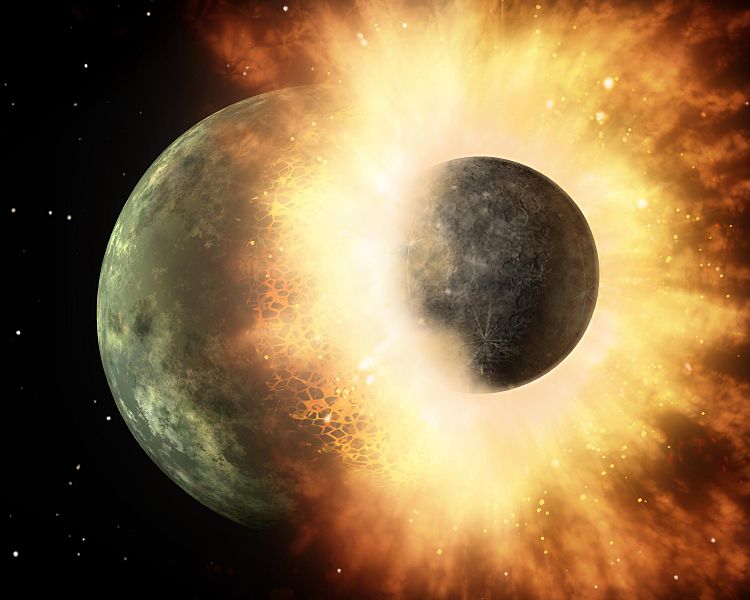Tidal forces mean devastation
Gravity is a very weak force, but planets are very big. When the two planets come within close physical proximity to each other, they will begin affecting each other gravitationally - in basically exactly the same way that the moon causes the tides. Except that the moon is about 2% the size of the Earth.
So your Earth-like planet that comes in for a collision will - when it is at lunar-orbit range - produce tidal forces approx. 50x larger than the tides today. But the distance between the Earth and the Moon is 240-ish thousand miles. The radius of the Earth itself is about 4 thousand-ish miles.
Even a near miss, where the planets never actually collide, will still have a tidal force roughly 3000 times stronger than the one we know. I'm not a geophysicist, so I can't say what exactly that will do. In general, it will not be pretty.
The collision will likely be inelastic
The large tidal force will probably be significant enough to affect the elasticity of the collision. Another thing that will affect it will be the tendency of whatever material is involved in the collision to deform, melt, and basically do a bunch of things will turn kinetic energy from the collision into something else. When that happens, it becomes much less likely that the collision will be elastic ("elastic" meaning "bouncing off like a billiary ball" in a physics context).

